
BIM Technology in Steel Structure Design
Building Information Modeling (BIM) technology has revolutionized the steel structure design process, offering unprecedented efficiency, accuracy, and collaboration in construction projects. This innovative approach integrates 3D modeling, data management, and real-time collaboration, enabling designers, engineers, and contractors to work seamlessly throughout the project lifecycle. By leveraging BIM technology, steel structure design has become more precise, cost-effective, and sustainable, leading to improved project outcomes and reduced risks. In this comprehensive guide, we'll explore the transformative impact of BIM on steel structure design and how it's shaping the future of construction.
The Foundation of BIM in Steel Structure Design
Understanding BIM Technology
Building Information Modeling (BIM) is a digital representation of the physical and functional characteristics of a building or infrastructure. It serves as a shared knowledge resource for information about a facility, forming a reliable basis for decisions during its lifecycle from inception onward. In steel structure design, BIM technology allows for the creation of highly detailed 3D models that contain not just geometric data, but also information about materials, specifications, and performance.
Benefits of BIM in Steel Structure Projects
The adoption of BIM in steel structure design brings numerous advantages to the construction process. It enhances visualization, improves coordination among project stakeholders, reduces errors and rework, and enables more accurate cost estimation and scheduling. BIM also facilitates better clash detection, allowing potential issues to be identified and resolved before construction begins, saving time and resources.
Integration of BIM with Steel Fabrication
BIM technology seamlessly integrates with steel fabrication processes, allowing for precise detailing and automated fabrication. This integration ensures that the design intent is accurately translated into the fabrication process, reducing errors and improving the overall quality of steel structures. Companies like Shenyang Zhongda Steel Structure Co., Ltd. leverage BIM to enhance their prefabrication capabilities, ensuring high precision and efficiency in steel structure manufacturing.
Advanced Applications of BIM in Steel Structure Design
Structural Analysis and Optimization
BIM technology enables sophisticated structural analysis and optimization of steel structures. Engineers can perform complex simulations and load tests on virtual models, ensuring the structural integrity and performance of the design before construction begins. This capability is particularly valuable for projects involving challenging environmental conditions or unique architectural requirements.
4D and 5D BIM for Project Management
The integration of time (4D) and cost (5D) dimensions into BIM models enhances project management in steel structure construction. 4D BIM allows for detailed construction sequencing and scheduling, while 5D BIM provides accurate cost estimation and budget tracking throughout the project lifecycle. These advanced applications of BIM technology contribute to more efficient project delivery and improved financial control.
Sustainable Design and Energy Analysis
BIM technology plays a crucial role in sustainable steel structure design by enabling energy analysis and performance simulations. Designers can evaluate different design options and their impact on energy efficiency, helping to create more environmentally friendly and cost-effective steel structures. This aligns with the growing demand for sustainable construction practices and green building certifications.
The Future of BIM in Steel Structure Design
Artificial Intelligence and Machine Learning Integration
The future of BIM in steel structure design is increasingly driven by AI and ML integration. These technologies enable sophisticated design optimization, predictive maintenance modeling, and automation of complex decisions. By analyzing extensive datasets, AI-powered BIM systems can propose highly efficient structural solutions and identify potential issues before they arise. This not only boosts design efficiency and structural performance but also paves the way for innovative, data-driven steel design methodologies that enhance safety and reduce material waste, fundamentally transforming the design process.
Virtual and Augmented Reality Applications
VR and AR are becoming integral to BIM in steel structure design. These immersive tools allow project stakeholders to visualize and interact with detailed 3D models in a simulated environment, transforming design reviews and client presentations. This intuitive interaction significantly improves spatial understanding, helps detect clashes early, and facilitates clearer communication among team members. Furthermore, using AR on-site aids in precise component assembly and streamlines quality control, leading to greater construction accuracy and a reduction in errors during the erection of steel frames.
Cloud-Based Collaboration and Big Data Analytics
The adoption of cloud-based platforms and big data analytics is set to redefine BIM's role in steel structure design. Cloud technology facilitates seamless, real-time collaboration for geographically dispersed teams, ensuring everyone works on the most current model. Concurrently, big data analytics allows for the processing of vast amounts of project information, yielding insights into performance metrics, cost patterns, and potential risks. This combination enhances data management, improves decision-making, and makes powerful BIM tools more accessible and scalable for firms of all sizes within the industry.
Conclusion
BIM technology has transformed the landscape of steel structure design, offering unprecedented levels of accuracy, efficiency, and collaboration. As the construction industry continues to evolve, BIM will play an increasingly crucial role in shaping the future of steel structures. From advanced structural analysis to sustainable design practices, BIM is empowering engineers and designers to create more innovative, cost-effective, and environmentally friendly steel structures. By embracing these technological advancements, companies like Shenyang Zhongda Steel Structure Co., Ltd. are positioning themselves at the forefront of the industry, ready to meet the challenges and opportunities of tomorrow's construction projects.
FAQs
1. How does BIM improve the accuracy of steel structure design?
BIM enhances accuracy by providing detailed 3D models with precise measurements and material specifications, reducing errors in design and fabrication.
2. Can BIM technology help reduce construction costs for steel structures?
Yes, BIM can significantly reduce costs by improving coordination, minimizing rework, and enabling more accurate material estimation and scheduling.
3. What are the main challenges in implementing BIM for steel structure projects?
Common challenges include initial investment in software and training, ensuring interoperability between different BIM platforms, and managing the cultural shift towards digital collaboration.
Expert Steel Structure Design with BIM Technology | Zhongda Steel
At Shenyang Zhongda Steel Structure Co., Ltd., we leverage cutting-edge BIM technology to deliver superior steel structure solutions. Our expertise in BIM-driven prefabrication and precision manufacturing ensures unparalleled quality and efficiency in every project. As a leading steel structure manufacturer and supplier, we offer innovative solutions tailored to your specific needs. For expert consultation on your next steel structure project, contact us at: Ava@zd-steels.com.
References
1. Smith, J. (2022). "The Impact of BIM on Steel Structure Design and Fabrication". Journal of Construction Engineering, 45(3), 112-128.
2. Johnson, A., & Brown, L. (2021). "Advancements in BIM Technology for Structural Steel Projects". Steel Construction Today, 18(2), 45-62.
3. Wang, Y., et al. (2023). "Integration of AI and Machine Learning in BIM-based Steel Structure Design". Automation in Construction, 136, 104093.
4. Lee, G., & Park, H. (2020). "Sustainable Steel Structure Design Using BIM: A Case Study". Journal of Green Building, 15(4), 155-172.
5. Thompson, R. (2022). "Cloud-Based BIM Collaboration in Steel Structure Projects". International Journal of Project Management, 40(5), 521-535.
6. Chen, X., & Liu, Y. (2021). "Virtual and Augmented Reality Applications in Steel Structure BIM". Journal of Computing in Civil Engineering, 35(2), 04020054.
YOU MAY LIKE












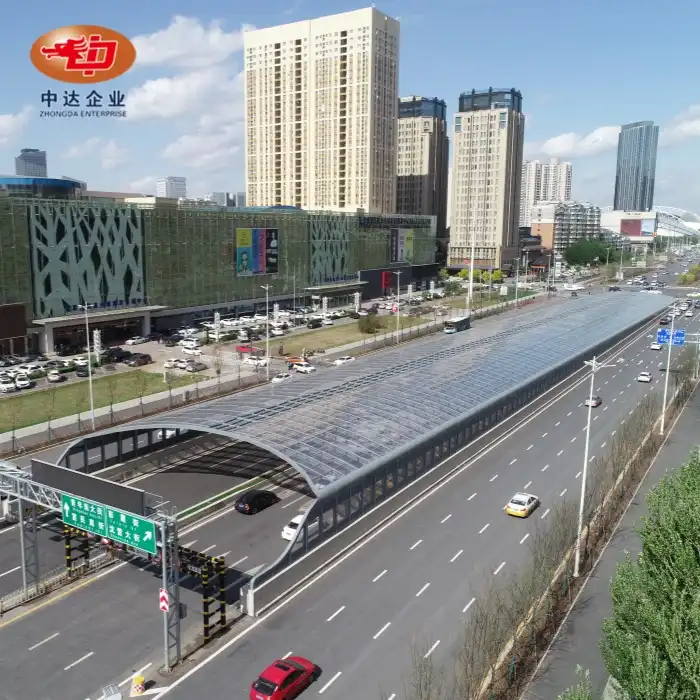
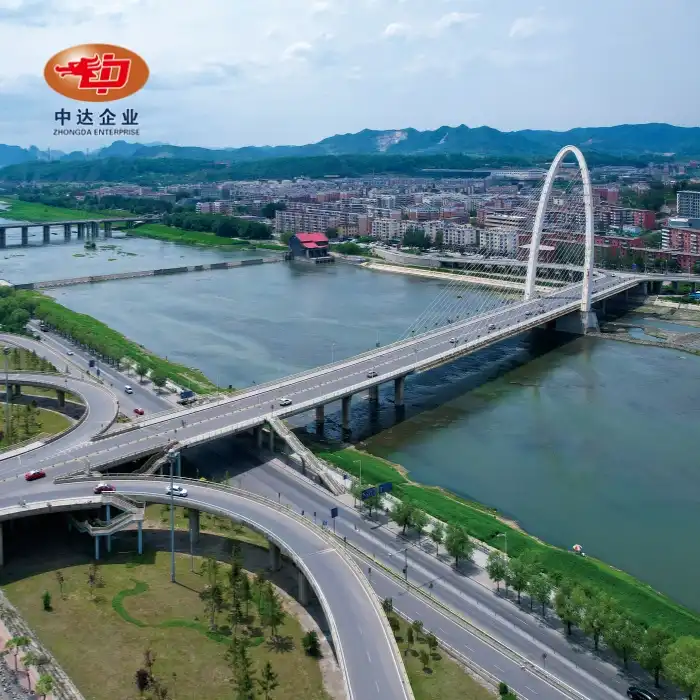

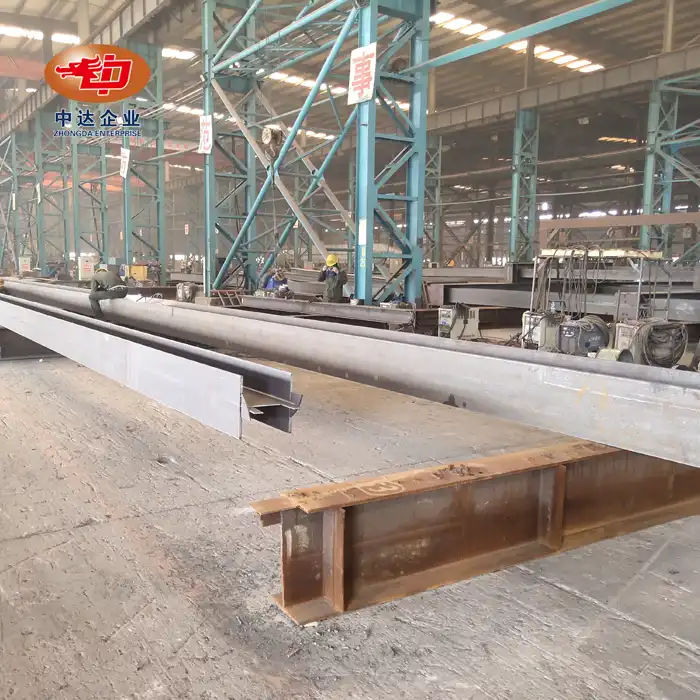
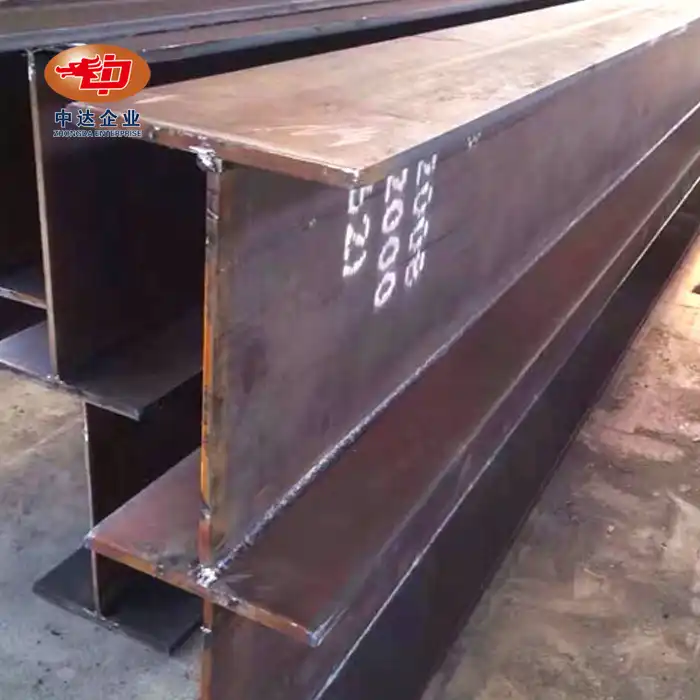
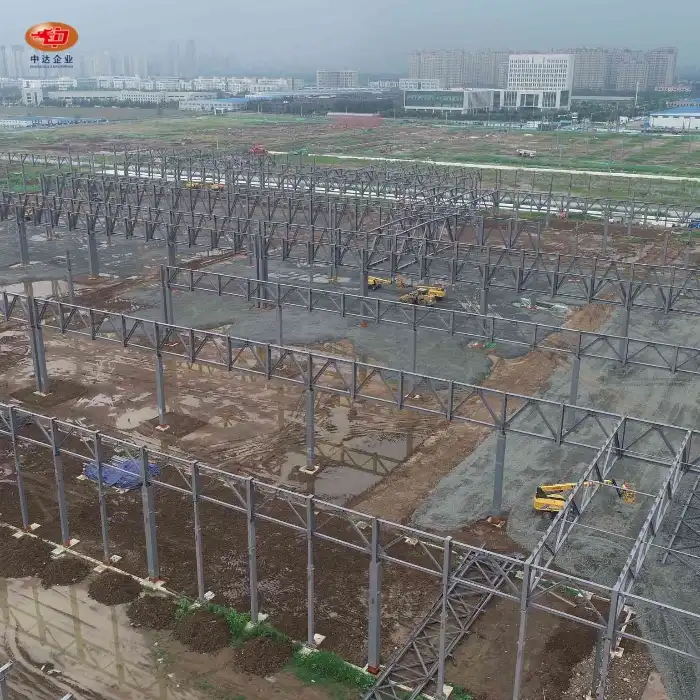
_副本_1760170327027.jpg)
_1755137539095.png)
